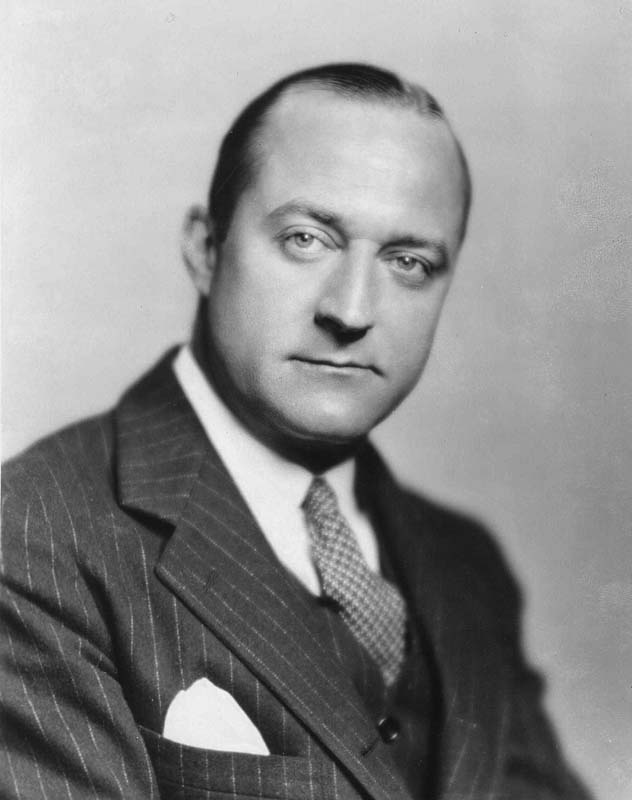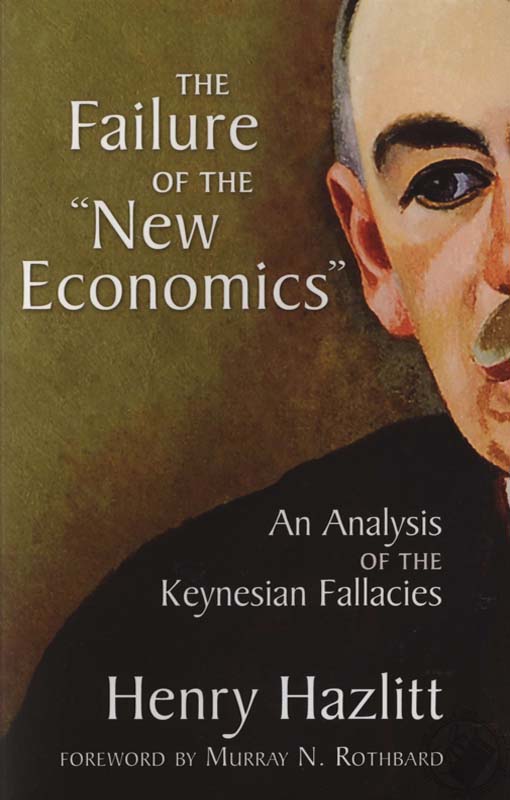

 Henry Hazlitt did the seemingly impossible, something that was and is a magnificent service to all people everywhere. He wrote a line-by-line commentary and refutation of one of the most destructive, fallacious, and convoluted books of the century. The target here is John Maynard Keynes’s General Theory, the book that appeared in 1936 and swept all before it.
Henry Hazlitt did the seemingly impossible, something that was and is a magnificent service to all people everywhere. He wrote a line-by-line commentary and refutation of one of the most destructive, fallacious, and convoluted books of the century. The target here is John Maynard Keynes’s General Theory, the book that appeared in 1936 and swept all before it.
In economic science, Keynes changed everything. He supposedly demonstrated that prices don’t work, that private investment is unstable, that sound money is intolerable, and that government was needed to shore up the system and save it. It was simply astonishing how economists the world over put up with this, but it happened. He converted a whole generation in the late period of the Great Depression. By the 1950s, almost everyone was Keynesian.
But Hazlitt, the nation’s economics teacher, would have none of it. And he did the hard work of actually going through the book to evaluate its logic according to Austrian-style logical reasoning. The result: a 500-page masterpiece of exposition.
Far from being a dull read, this book has all the brightness and clarity we’ve come to expect from Hazlitt. He is a dazzling writer, and one can’t but thrill to see him in the ring with the giant Keynes. By the time he delivers the knockout punch – taking on Keynes’s suggestion that we nationalize investment – there is nothing left of his opponent.
By now, Keynesian theory is so woven into both theory and policy that hardly anyone notices it anymore. But this Hazlitt book helps us stand up and take notice of the extent to which we’ve allowed sheer fallacy to dominate our thinking.
Availability
The Failure of the “New Economics” was printed in large numbers and can easily be bought second-hand. It is also available printed on demand at reasonable prices, and a free pdf download is available from the Mises Institute.
Comments
I wanted to use Hazlitt’s book in the Wikipedia article on the General Theory (where criticism is desirable but should be supported by published sources) but he so often misses the point that I found him unserviceable for the purpose. Where Hazlitt is cited, it is often not to his credit (and he may be treated slightly unfairly). Both facetiousness and derision are components of his writing. He isn’t often quoted by serious writers (for instance Hayes makes no mention of him) but he was alert to Pickwickianism where Nobel-prize-winning economists slide effortlessly from consumption to expenditure and from expenditure to investment.
Contents
| I | Introduction | 1 | XVI | Confusions about Capital | 217 | |
| II | Postulates of Keynesian Economics | 13 | XVII | “Own Rates of Interest” | 236 | |
| III | Keynes vs. Say’s Law | 32 | XVIII | The General Theory Restated | 253 | |
| IV | Overture | 44 | XIX | Unemployment and Wage-rates | 263 | |
| V | “Labor Units” and “Wage Units” | 60 | XX | Unemployment, Money and Prices | 288 | |
| VI | The Role of Expectations | 66 | XXI | Prices and Money | 296 | |
| VII | “Statics” vs. “Dynamics” | 69 | XXII | The “Trade Cycle” | 319 | |
| VIII | Income, Saving, and Investment | 78 | XXIII | Return to Mercantilisim? | 337 | |
| IX | “The Propensity to Consume”: I | 98 | XXIV | Keynes lets himself go | 374 | |
| X | “The Propensity to Consume”: II | 128 | XXV | Did Keynes Recant? | 393 | |
| XI | “The Multiplier” | 135 | XXVI | “Full Employment” as the Goal | 399 | |
| XII | “The Marginal Efficiency of Capital” | 156 | XXVII | “The National Income Approach” | 409 | |
| XIII | Expectations and Speculations | 171 | XXVIII | The Keynesian Policies | 421 | |
| XIV | “Liquidity Preference” | 186 | XXIX | Summary | 427 | |
| XV | The Theory of Interest | 197 |